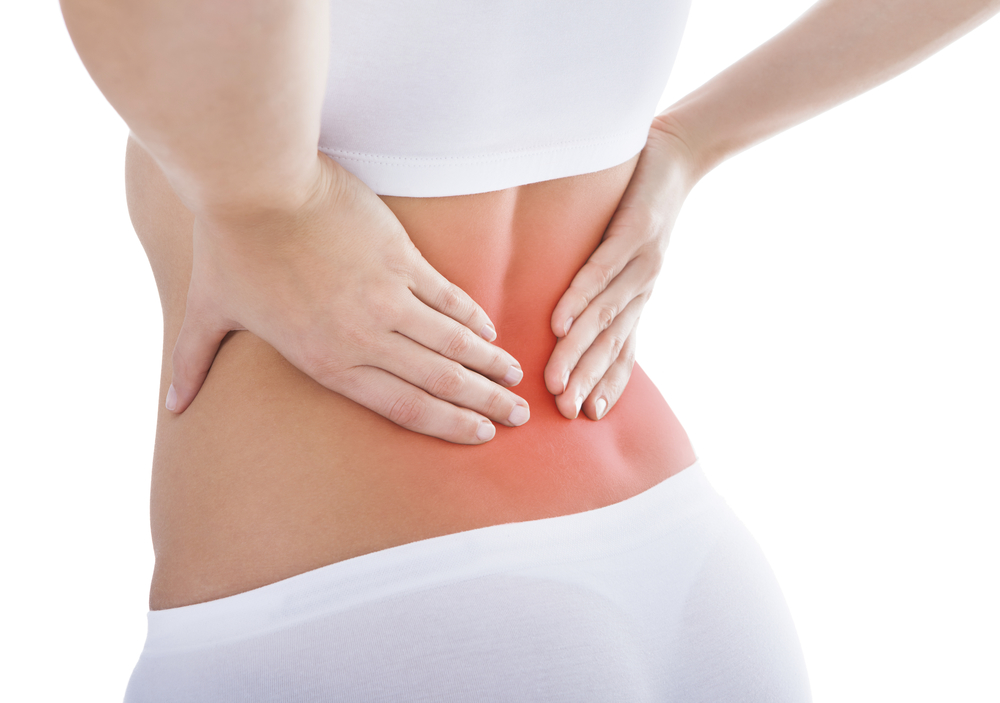WHAT IS SACROILIAC JOINT DYSFUNCTION?
Sacroiliac joint dysfunction generally refers to pain in the sacroiliac joint region that is caused by abnormal movement of the sacroiliac joints, which can result in pain in the lower back and legs, or inflammation of the joints known as sacroiliitis.
WHAT ARE THE SYMPTOMS OF SACROILIAC JOINT DYSFUNCTION?
Common symptoms include lower back pain, buttocks pain, sciatic leg pain, groin pain, hip pain and transient numbness, prickling, or tingling. Pain can range from dull aching to sharp and stabbing and increases with physical activity. Symptoms also worsen with prolonged or sustained positions (sitting, standing, lying), as well as bending forward, stair climbing, hill climbing, and rising from a seated position.
TIPS FROM OUR OSTEOPATH:
Here are some tips from our osteopath dr Leah Hearle on how to deal with sacroiliac joint dysfunction:
• Ice, heat, and rest
• Don’t use heat in the initial stages
Ice or cold packs, applied in 15 to 20 minute intervals as needed to reduce inflammation in the area, along with rest to reduce irritation. Try not to walk for too long than 20mins without a break. Application of heat (such as a heat wrap or hot bath with Epsom salts) may help the healing process after the initial acute pain subsides.
• Sacroiliac Joint Belt this can help reduce movement in pelvis and stop further irritation
• Manipulations
This can be highly effective when the Sacroiliac joint is fixated or “stuck”. Often this can be the case in hyper mobile Sacroiliac Joint. Unfortunately the muscles surrounding the joint can spasm in acute cases and prevent release.
• Exercise
Hydrotherapy can help to stretch muscles and whilst providing pain relief – The water provides buoyancy for the body and reduces stress on the painful joint – exercise with resistance bands in the water can start to activate muscles, which combined with physical therapy to strengthen the muscles, will help stabilize the pelvis. Low impact aerobic exercise, like deep water running or cycling can help increase the flow of blood to the area, which in turn stimulates a healing response.
When the pain has subsided and you have fully returned to fitness try incorporating more core stability training into you exercise regime, Pilates for example may be beneficial.


